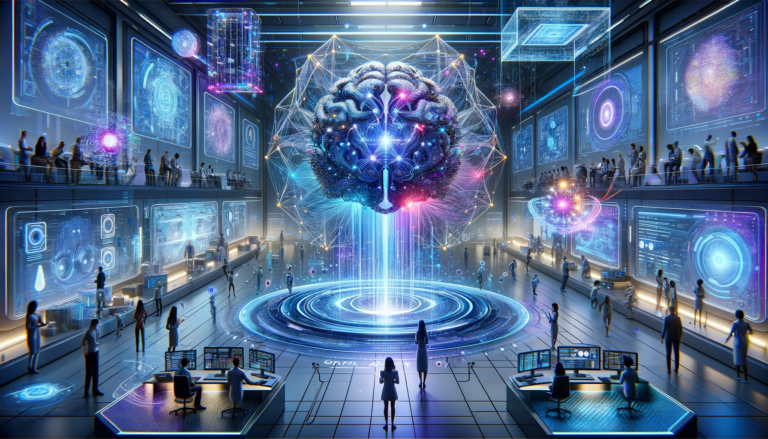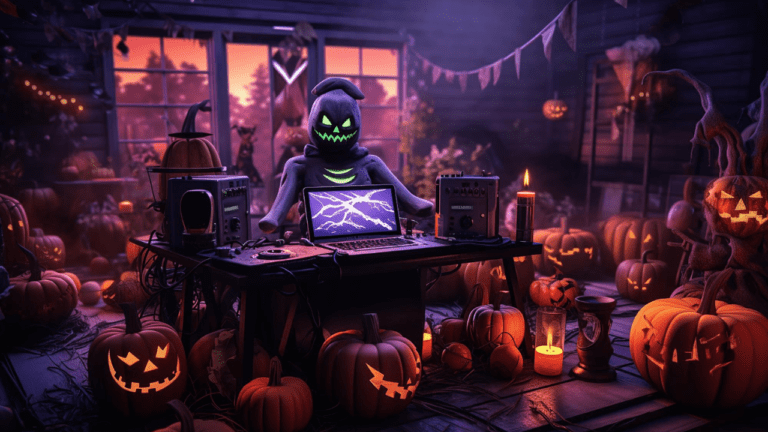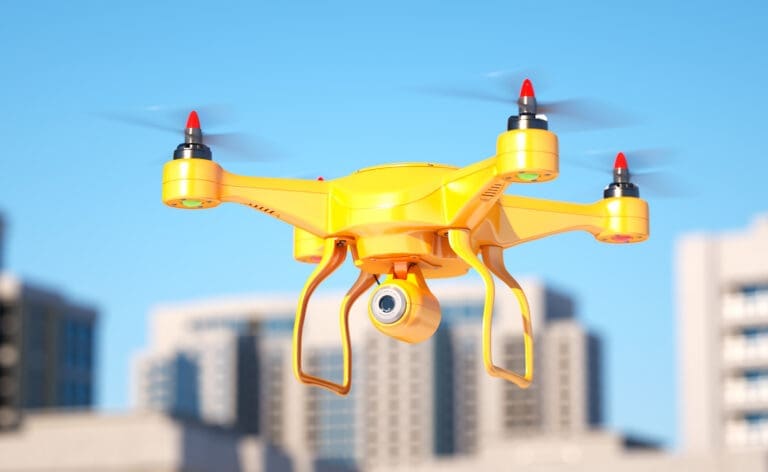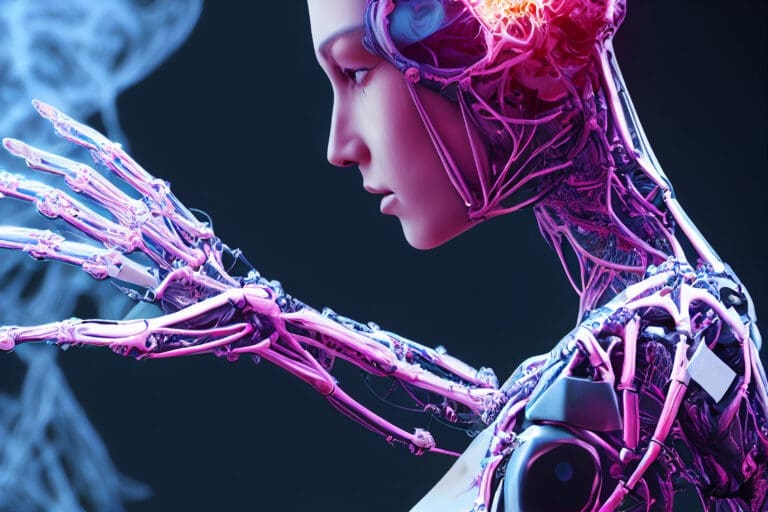The Path to Robots Powered by Artificial Intelligence
Robotics and AI are two of the most talked about technologies today. And there is a lot of confusion between Robotics and AI. But what exactly is the difference between Artificial Intelligence and Robotics? Are they the same thing?
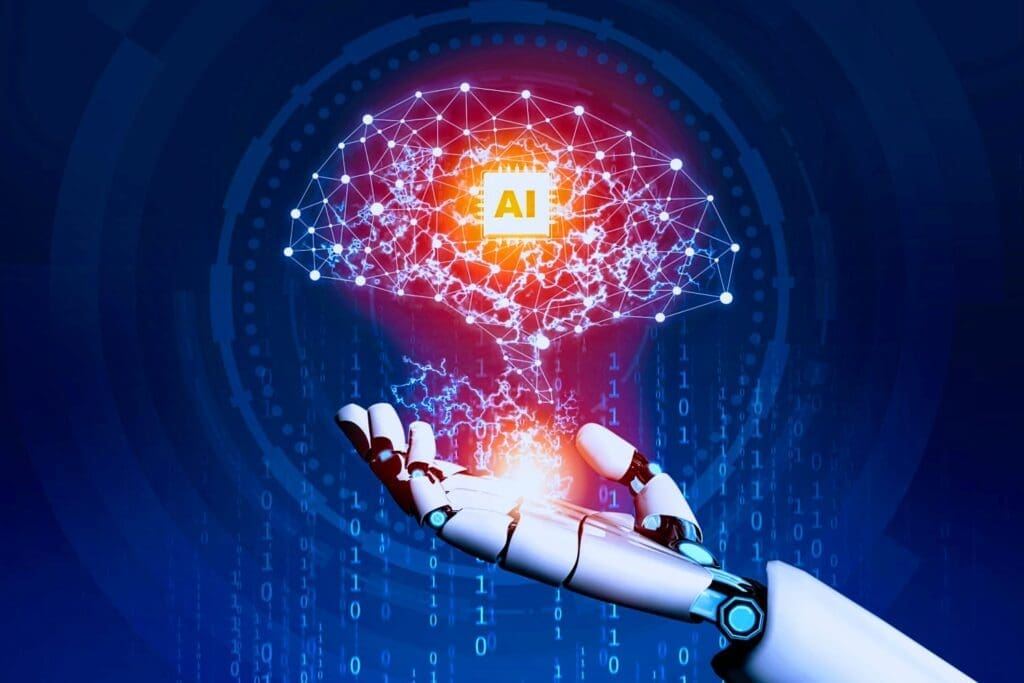
In short, robotics is a technology that involves machines that have physical forms and can be used to perform specific tasks. AI, on the other hand, is a program or application that can replicate human intelligence. So in essence, robots require AI in order to function while AI does not require robotics.
What is Robotics?
Robotics is the field of engineering that deals with creating machines that can execute preprogrammed activities without further human input.
Robotics is the technology of creating machines that can be used to perform specific tasks.
This involves machines that have physical forms and can be used in a variety of settings, such as manufacturing plants, hospitals, or even homes. Robotics has been around for quite some time now and there are various types of robots that exist currently. Some common examples include industrial robots, service robots, medical robots, and domestic robots.
The Origin of the Word “Robot” and “Robotics”
Robot
The word ‘Robot’ comes from an old Church Slavonic word, ‘robota’, for “servitude,” “forced labor” or “drudgery.”
A Scene From “Rossum’s Universal Robots,” Showing Three Robots, Source
Karel Čapek, a brilliant Czech playwright, novelist, and journalist, coined the term robot in his 1920 drama R.U.R., or Rossum’s Universal Robots.
Robotics
In 1942, a writer introduced the term “robotics.” Isaac Asimov, an American Russian science-fiction author and scientist, originally used the term in his short story “Runabout” in 1942.
Unlike Capek, Asimov had a much more optimistic vision of the robot’s place in human society. He usually characterized robots in his short stories as helpful servants to man and believed that they would eventually evolve into a “better, cleaner race.”
Isaac Asimov also developed three “Laws of Robotics,” which his robots and other sci-fi robotic characters adhered to in many stories:
1. A robot may not injure a human being or, through inaction, allow a human being to come to harm.
2. A robot must obey the orders given it by human beings except where such orders would conflict with the First Law.
3. A robot must protect its own existence as long as such protection does not conflict with the First or Second Law.
The History Of Robotics
The invention of robots can be traced back to ancient civilizations. Humans refined the structural engineering skill to enable electricity-driven machines to be driven by tiny motors during the industrial revolution. The concept of a machine that resembled a human being emerged in the early 20th century.
The first example of a machine designed to complete a specific physical activity on a regular basis was the Egyptian water clock, which utilized human figurines to strike the hour bells.
SHAKEY, World’s First Mobile Intelligent Robot, Source
The famous mathematician Archytus of Taremtum created a wooden pigeon that could fly in 400 B.C, operated in steam. During the second century B.C, hydraulically-operated statues that could speak, gesture, and predict the future were built in Hellenic Egypt.
Around the year 100 A.D., Petronius Arbiter created a doll that could move like a person. In 1557, Giovanni Torriani built a wooden robot that could go to the grocery and bring back bread for the Emperor.
The Japanese inventor Hisashige Tanaka, better known as “Japan’s Edison,” developed a variety of sophisticated mechanical toys in the 1900s that could fire arrows from a quiver, brew tea, or even paint a Japanese kanji character. In 1898, Nikola Tesla presented a prototype remotely controlled submarine.
The earliest robots as we know them were created in the early 1950s by George C. Devol. He invented and patented a reprogrammable manipulator called “Unimate,” from “Universal Automation.”
Joseph Engleberger bought Devol’s robot patent in the 1960s and was able to convert it into an industrial robot, establishing Unimation as a supplier and marketer of the machines. “The Father of Robotics” is how he is known in the business for his efforts and accomplishments.
In 1966, the Stanford Research Institute (SRI) developed the world’s first mobile intelligent robot called SHAKEY, which was dubbed “sharkey” by its creators. It could accomplish tasks that required planning, route-finding, and minor item rearrangement.
What Is AI?
Artificial intelligence is a field of study concerned with the development of machines that can learn and improve themselves without human input.
Artificial intelligence is the term used to describe a machine’s ability to learn and behave like a human. A propensity model is created by the computer, which simulates human intellect using machine learning. The computer must learn how to react to specific behaviors, so it employs algorithms and past data in order to create a propensity model.
AI is the ability of a computer system to accurately perform tasks that would otherwise require human intelligence, such as understanding natural language and recognizing objects in images. Machine learning is a type of AI that enables computers to learn from data without being explicitly programmed.
There are four types of AI systems:
Reactive Systems: These systems can only respond to stimuli that they have been specifically programmed to recognize.
The Deep Blue IBM’s chess-playing supercomputer is an excellent example of this type of machine.
Limited Memory Systems: These systems can remember past experiences and use this information to make decisions.
Self-driving vehicles are already capable of doing many of these tasks. For example, they keep track of the pace and direction of surrounding cars. This cannot be completed in a single step, but rather requires monitoring specific things over time.
Self-learning Systems: These systems can learn on their own by analyzing data and making predictions.
AI systems must comprehend that each of us has thoughts, feelings, and expectations for how we’ll be treated in order to walk among us. And they will have to adjust their behavior according to the situation.
Creative Systems: These systems are able to come up with ideas and solutions that are not based on predetermined rules or models.
The ultimate step in AI development is to create self-aware systems. The creation of consciousness in machines.
The Origin of the Word “Artificial Intelligence”
The term “Artificial intelligence” was coined by John McCarthy, an American mathematician and cognitive scientist, in 1955. He defines it as “the science and engineering of making intelligent machines.”
John McCarthy, Marvin Minsky, Nathaniel Rochester and Claude Shannon, although it is widely accepted that it was McCarthy who coined the term ‘artificial intelligence’.
The History Of AI
The first steps in the development of artificial intelligence took place during World War II, when Alan Turing and John von Neumann developed theories on how to create machines that could think like humans.
However, it was not until the 1950s that the first actual computers were built that could perform some basic tasks associated with human intelligence, such as recognizing letters and numbers.
WABOT-1, The first ‘Intelligent’ Humanoid Robot, Source
In 1956, Dartmouth College held a summer research project on artificial intelligence, which is considered to be the birth of AI as a field of study.
Since then, AI has made enormous strides and is now used in everything from self-driving cars to facial recognition software.
After contributing significantly to the creation of intelligent machines, John McCarthy, an American computer scientist, is known as the father of Artificial Intelligence (AI).
During the 1940s and 1950s, a group of scientists (mathematics, psychology, engineering, economics, and political science) started discussing the idea of inventing an artificial brain. In 1956, AI research became an academic field.
In 1956, computers were used to solve algebra word problems, establish theorems in geometry, and learn English. Few would have thought that such “intelligent” behavior by machines was conceivable at the time.
In the 1970s, AI was beset with criticism and financial problems. The difficulty of the issues they were facing went largely unnoticed by AI researchers. Their boundless optimism had set unreachable expectations, and when promised outcomes failed to appear, funding for AI vanished.
In the 1980s, business organizations all over the world embraced a type of artificial intelligence (AI) program known as “expert systems.” Knowledge became the primary focus of mainline AI research. In the same decade, the Japanese government allocated funds to AI with its fifth-generation computer project. In the early 1980s, John Hopfield and David Rumelhart revived connectionism in their research.
In 1972, Japan’s WABOT-1, the first ‘intelligent’ humanoid robot, was created.
How Robotics And AI are Connected?
So, how are they linked and what is the relationship between Robotics and AI? What are the difference between Artificial Intelligence and Robotics? These are two distinct scientific disciplines. Their integration, on the other hand, is a highly researched topic and field of study. AI is used in two ways to help robots complete recurring activities that may be done over time by employing machine learning.
The first type is a robot with AI software that is programmed to follow predetermined logical stages, making it appear to be thinking on its own. The Roomba, for example, is a vacuum cleaner robot with AI software.
The second method is for robots and AI to learn the right reaction through physical repetition. Baxter, an industrial robot, is used in factories to package or assemble goods is a best example. When its software is running, a technician guides Baxter’s gripper and moves it about to instruct it in a series of motions.
Autonomous robots are created when AI is linked with robots.
The Journey of Robotics And AI
A robot is a machine which may or may not require intelligence to perform specific tasks and has a physical form. Whereas an AI is a program so it doesn’t need to be physical. The main difference between robotics and AI is that robots rely on predetermined rules or models, whereas AI systems are able to learn on their own and come up with ideas and solutions that are not based on predetermined rules or models. Another key difference is that robots typically require monitoring over time in order to ensure they are performing tasks correctly, while AI systems can often operate autonomously.
Conclusion
So, what is the real difference between Artificial Intelligence and Robotics? AI and robotics are two important and rapidly-evolving technologies that have a lot of potential implications for the future. While they are distinct disciplines, there is significant overlap and interaction between them. In particular, AI has been used to great effect in helping robots complete specific tasks or activities. There are a lot of differences between Artificial Intelligence and robotics but they are connected technologies. As both technologies continue to develop, it will be interesting to see how they intersect and evolve further.
